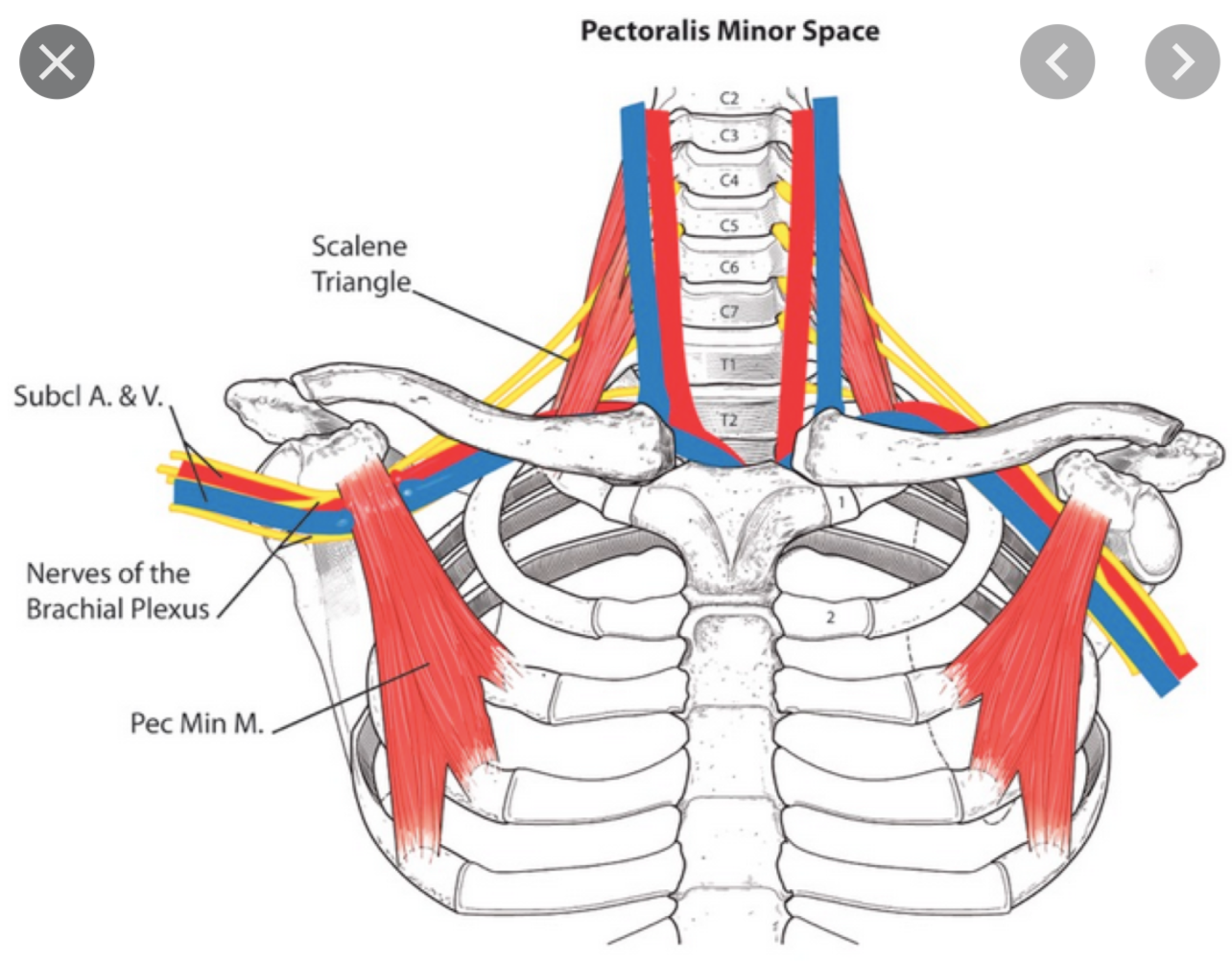Shoulder pain is a common and disabling complaint. The reported annual incidence of shoulder pain in primary care is 14.7 per 1000 patients per year [1] with a lifetime prevalence of up to 70% [2]. Recovery from shoulder pain can be slow and recurrence rates are high with 25% of those affected by shoulder pain reporting previous episodes, and 40 to 50% reporting persisting pain or recurrence at 12-month follow-up.[3-5]
Shoulder disorders in general practice: prognostic indicators of outcome.van der Windt DA, Koes BW, Boeke AJ, Devillé W, De Jong BA, Bouter LMBr J Gen Pract. 1996 Sep; 46(410):519-23.
Rigidity or freezing of the shoulder can result from prolong static postures over a desk or computer or from excessive and vigorous use in sports and occupation. The symptoms often develop slowly over time with the habits the precipitate them. Awareness arise when the breaking point is reach. Unless we put effort into being more efficient at what we do, we really don’t get efficient; we get better at doing things badly.
Therapy may target at strengthening but this can increase tension which I believe is the cause of pain and restriction.
Presence of weakness maybe seen in the lower trapezius which fails to pull the shoulders back and down to offer an upright posture. The Rhomboids also help but these need to be engaged sparingly to isolate retraction with minimal elevation. Activating the serratus anterior and minimally the latissimus dorsi is also important. Too much latissimus dorsi will lock the front of the shoulder.


More important than strengthening is releasing tension in the chest, namely the infraspinatus and other rotator cuff muscles which will lock the joint, pectoralis minor/major, scalenes and sternocleidomastoid. The pectoralis minor and scalene muscles can impinge on nerve and blood vessels. The scalenes and sterneocleidomastoid can also compress the neck to rupture discs in the spine leading to nerve root impingement; the scalenes can present direct nerve irritation, both resulting in nerve pain and muscular dysfunction.



Releasing tension requires the practice of relaxation and meditation, changing how one normally carries oneself. Change takes time and intent.
Recovery from shoulder pain can be slow, a factor of developing new and efficient habits; recurrence rates are high because new habits are often not formed.